Discovering the Rates of HIV Testing in Los Angeles County Addiction Health Services – Dr Erick Guerrero
Introduction
Health practitioners have particular cause for alarm concerning the burgeoning number of persons living with HIV in the United States. Which is estimated at more than 1.2 million people. One of the greatest areas of concern stems from persons who inject drugs (PWID) because they report much higher rates of HIV infection than the general population. Unfortunately, only 49 percent of PWID self-report having been tested. Which is noteworthy because infected individuals benefit most by maintaining engagement in HIV care (i.e. getting tested, diagnosed, obtaining HIV status results and accessing treatment and Antiretroviral therapy). In a study published in Substance Abuse Treatment, Prevention, and Policy, Dr. Erick Guerrero, Dr. Yinfei Kong and a team of researchers. Examined the rates and correlates of HIV testing and receipt of HIV test results among clients receiving treatment services in one of the largest publicly funded addiction treatment systems in the United States (Los Angeles County).
According to the study, The Centers for Disease Control estimates that close to 16 percent of persons within the U.S. are unaware of their HIV infection status. Having this knowledge is critical because it can potentially lead to less risky behavior linked to the virus’ transmission. In addition, those who have received a negative status along with post test counseling may adopt more preventative behaviors. Though persons with substance use disorders (SUD) have an increased risk of HIV infection, this group accesses testing and obtains results far less than those who are not struggling with addiction. In addition, less than half of the nation’s SUD treatment programs offer HIV testing to clients, which likely contributes to these dismal statistics.
Study
In this study, the team relied on the Gelberg-Anderson Behavioral Model for Vulnerable Populations to describe the predisposing, enabling and need factors to meet the health care needs of vulnerable populations. This model has been used to explain HIV testing and receipt of test results for homeless individuals or those with serious mental illness. Conversely, there is limited evidence of the predisposing, enabling and need factors for HIV testing in publicly funded addiction treatment. Using cross-sectional multiyear client data from the LA County Participant Reporting System (139,516 outpatient treatment episodes collected from 2006 to 2011), the team examined the relationship between program and client factors and three outcomes: (1) tested for HIV/AIDS on- or off-site at admission (prior to entering treatment); (2) tested for HIV/AIDS on- or off-site at discharge (while in treatment); and (3) received result of HIV/AIDS test, reported at admission or discharge.
The predicting program and client factors were broken downs in three types of variables:
Predisposing Variables
Age; sex; race and ethnicity; education; homelessness; source of referral to an addiction health services program; criminal activity and participation in any social support recovery activities.
Enabling Variables
Employment status at admission; number of days on a treatment program waiting list; treatment type; patients’ prior treatment episodes; and whether they received medication for substance abuse, received outpatient and inpatient health services and received substance abuse treatment, medical, and psychiatric services.
Need Variables
Clients’ primary drug of choice; number of days of primary drug use during the previous 30 days; primary method of drug use; the number of days during which a client injected drugs during the previous 30 days; and whether a client had been diagnosed with a sexually transmitted disease or Hepatitis C Virus (HCV).
Pertinent study results are as follows:
- Sixty-four percent of the total final sample reported being tested for HIV during their time in treatment.
- Among those tested, 85 percent reported that they received their test results.
Factors associated with HIV testing
Some predisposing factors were not associated with lower odds of HIV testing.
In turn, this finding shows HIV testing was higher among women compared to men and among Blacks and Latinos compared to Whites. HIV testing was also higher among homeless clients, those with a college education, clients who received a referral from Proposition 36 (a court referral to treatment rather than incarceration) or social services and those who had recovery support.
Enabling factors were associated with higher odds of HIV testing.
This finding revealed the odds of receiving HIV testing were increased among clients who were employed at admission, had prior treatment episodes, received buprenorphine medication and were in residential treatment.
Some need factors were associated with higher odds of HIV. This finding highlighted that clients whose primary drug was marijuana or alcohol had significantly lowered odds of HIV testing relative to those on heroin. Clients whose primary method of drug use was inhalation and injection had higher odds of receiving HIV testing compared to clients who preferred oral drug use. As well as clients with a history of mental illness whose odds of HIV testing were “more than twice as high for individuals with a HCV diagnosis, and more than 3 times as high for individuals with a STD diagnosis.”
Factors associated with receipt of HIV test results
Some predisposing factors were associated with lower odds of receipt of HIV test results. This finding showed that the odds of receipt of HIV test results decreased with age and were higher among women, Blacks, college-educated individuals and clients who received a Proposition 36 referral or had recovery support.
Some predisposing factors were associated with higher odds of receipt of HIV test results. Findings showed the odds of receipt of HIV test results were higher among clients who were employed at admission and had prior treatment episodes, but more outpatient psychiatric visits resulted in lower odds of receipt of HIV test results.
Some need factors were associated with higher odds of receipt of HIV test results. This finding includes clients with preferred methods of drug use like inhalation, smoking and injection, as well as clients who received a HCV or STD diagnosis and those with a history of mental illness.
The details uncovered in this study are critical to inform HIV testing practices in addiction health services and increase awareness in vulnerable communities nationwide. This information can assist health care providers in developing more comprehensive health system interventions for culturally diverse and low-income groups within the U.S. The ultimate goal is to prevent the spread of HIV and other sexually transmitted infections.
To view the study in its entirety, please click here.
Source: “Correlates of HIV testing and receipt of test results in addiction health services in Los Angeles County”, Substance Abuse Treatment, Prevention, and Policy
Related content
Drivers of continued implementation of cultural competence in substance use disorder treatment
https://www.isated.com/evidence-based-practices/
https://www.isated.com/new-webcast-on-treatment-and-recovery-best-practices-for-latinos/
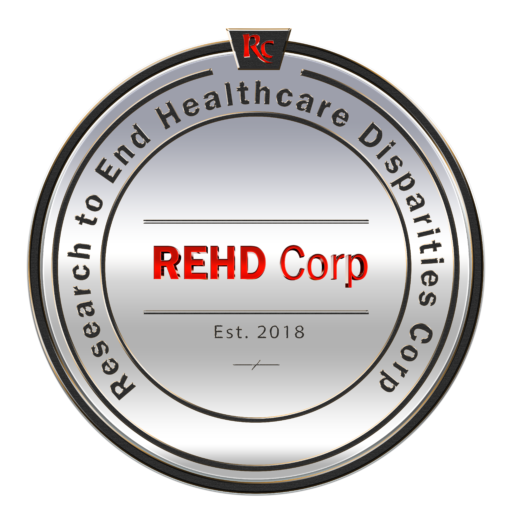



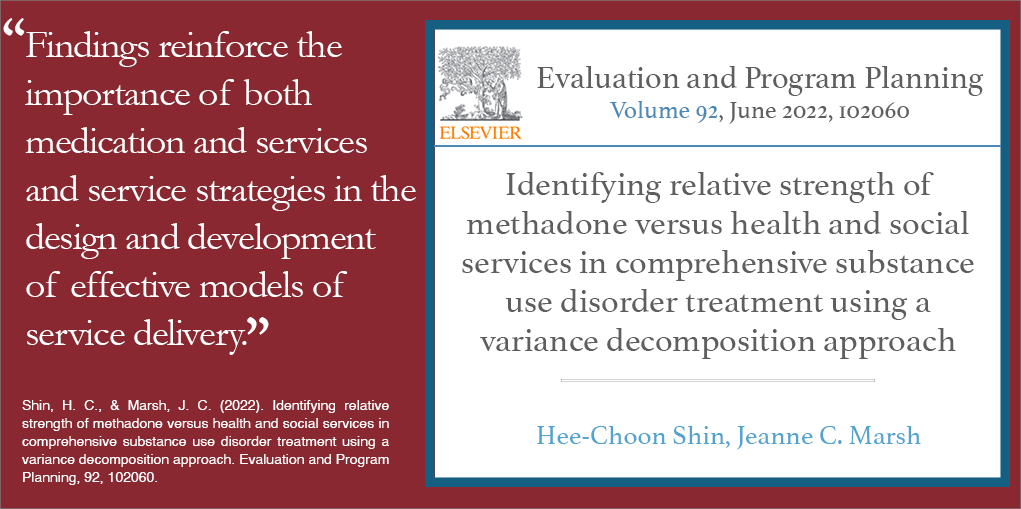
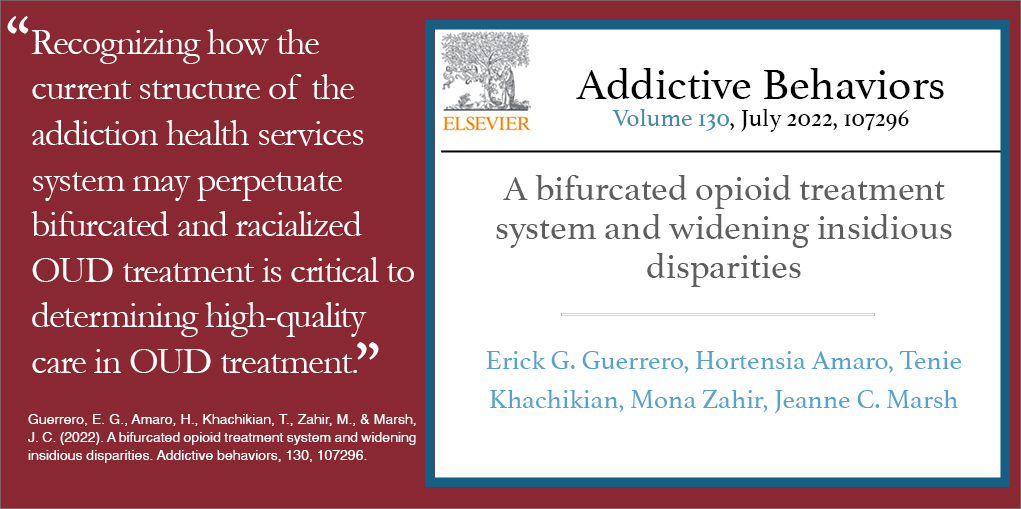
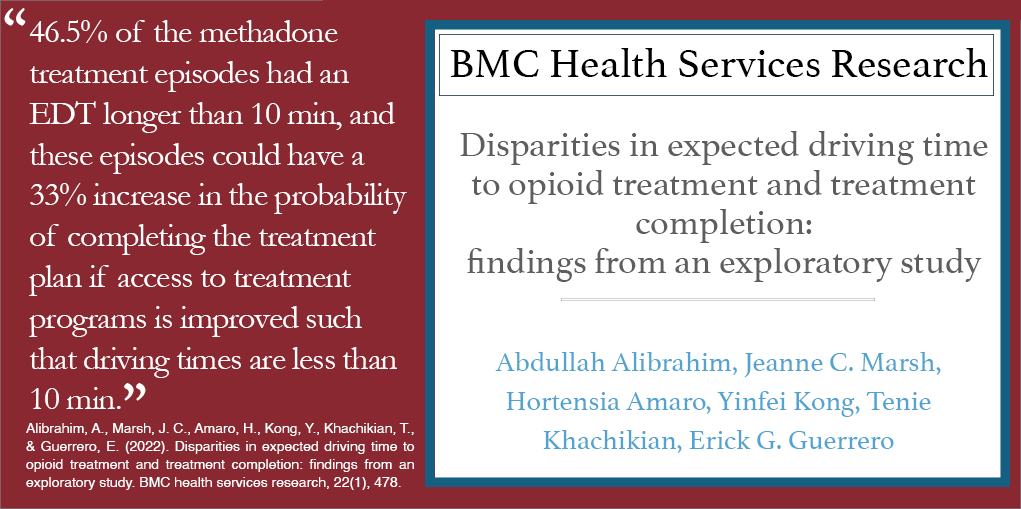
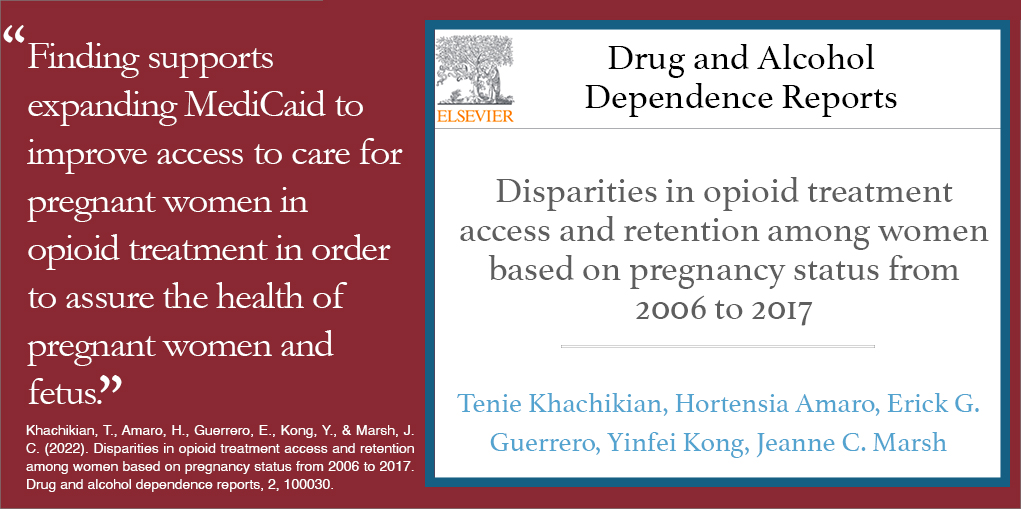
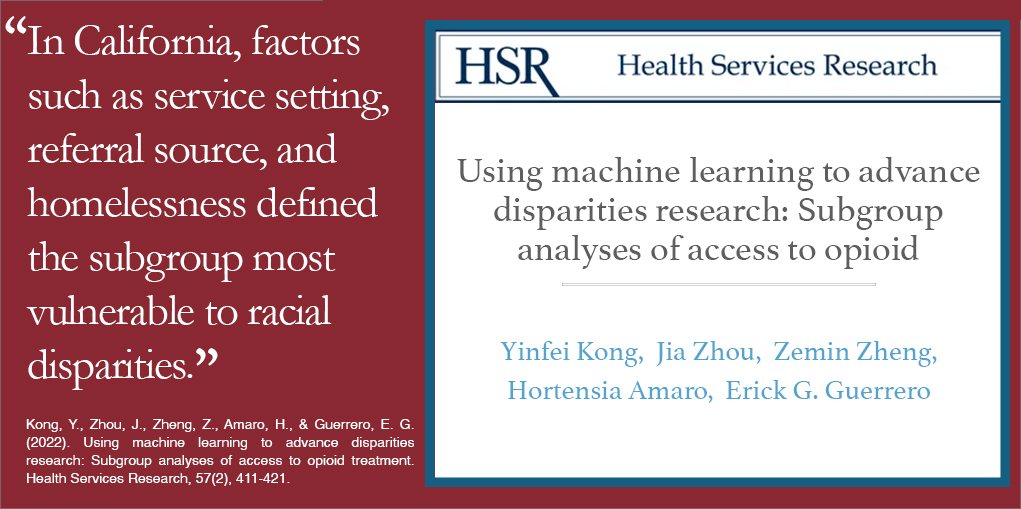
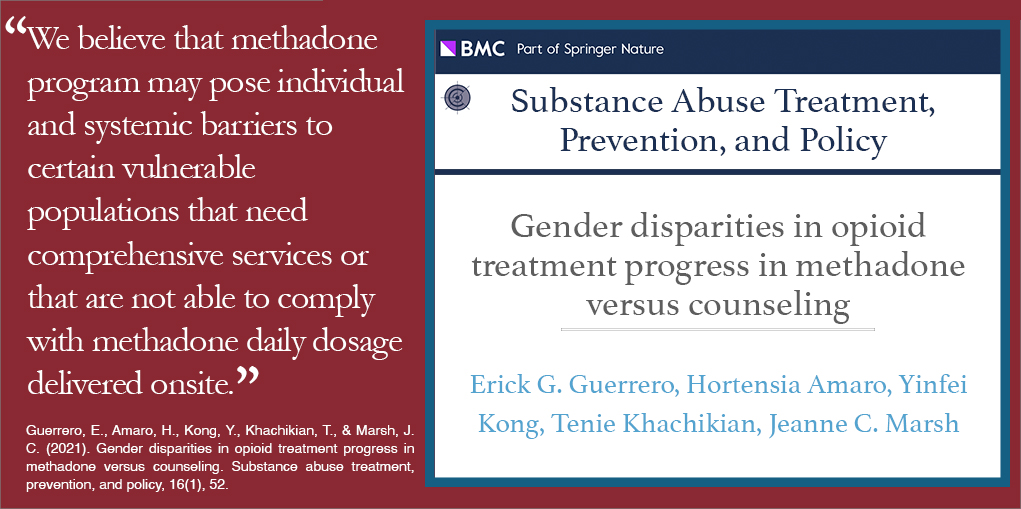
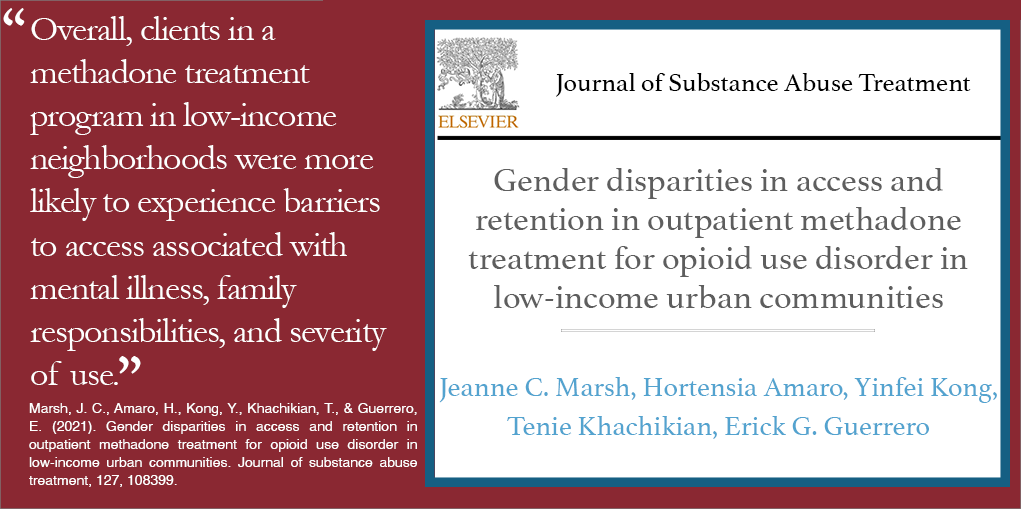
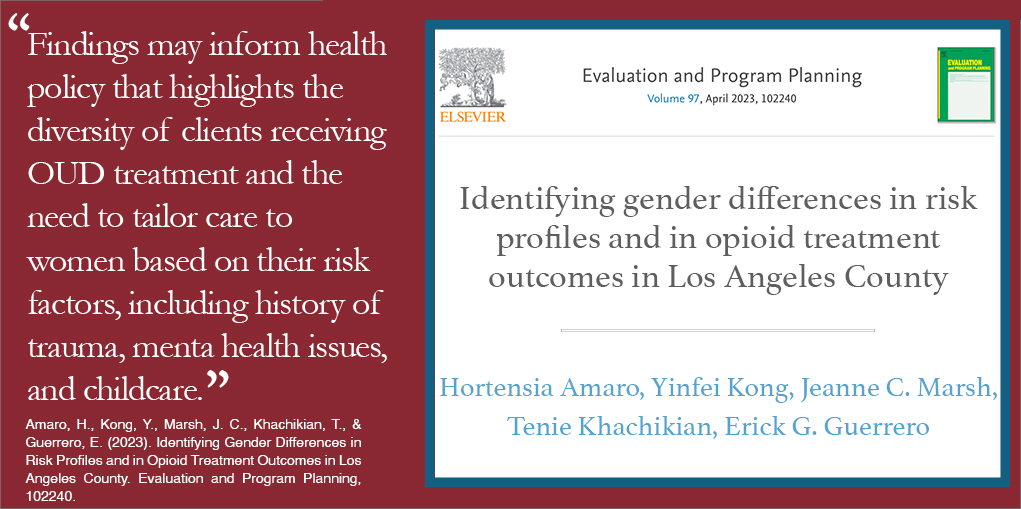
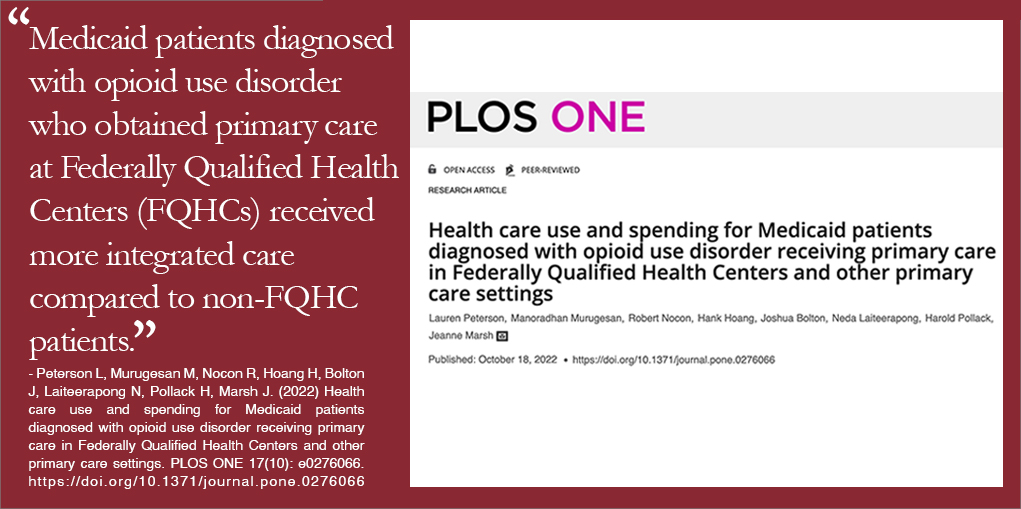
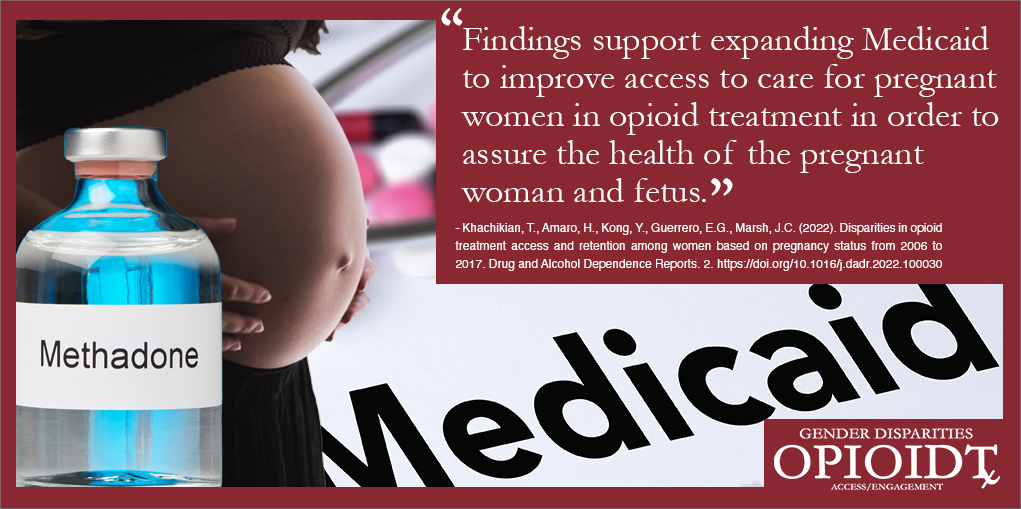
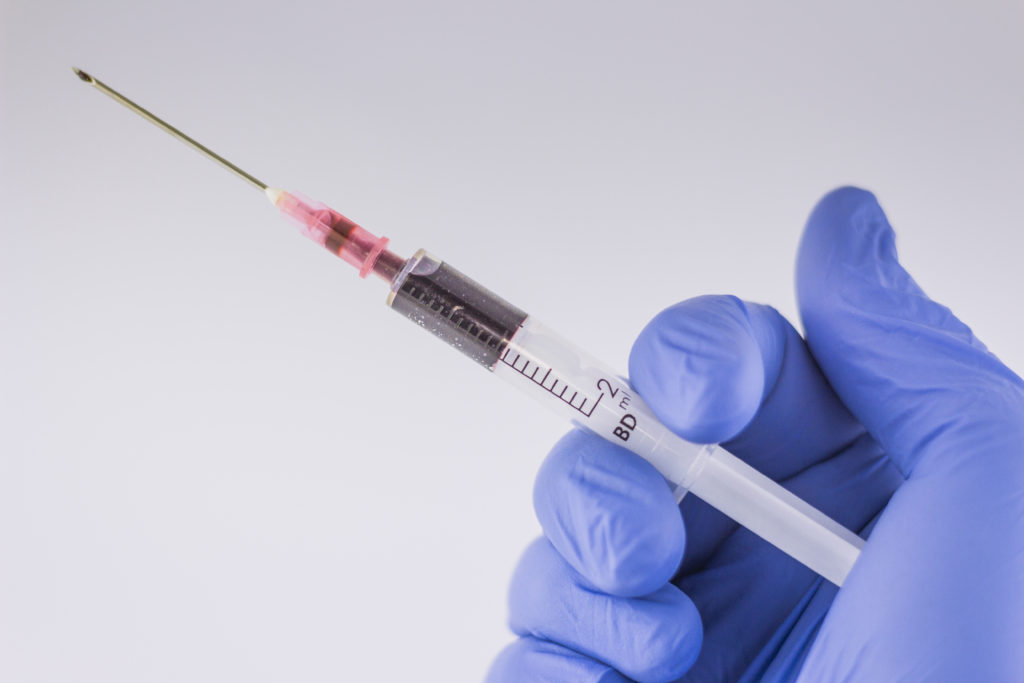

4 thoughts on “Discovering the Rates of HIV Testing in Los Angeles County Addiction Health Services – Dr Erick Guerrero”
Comments are closed.